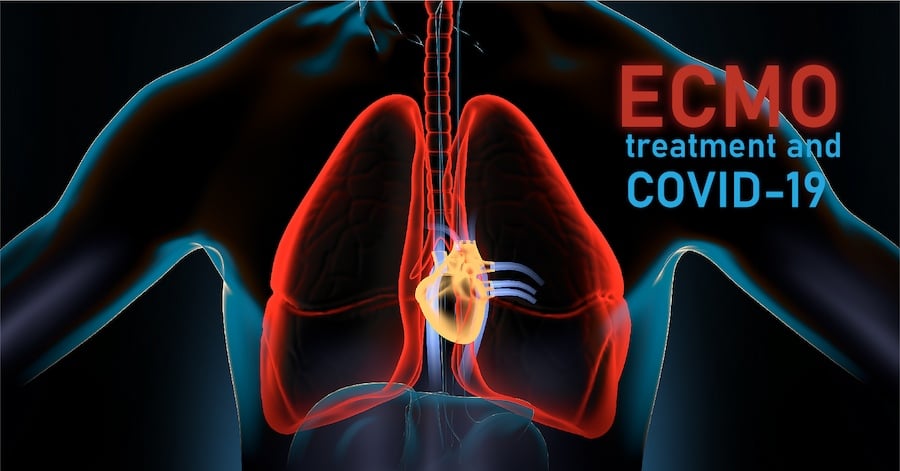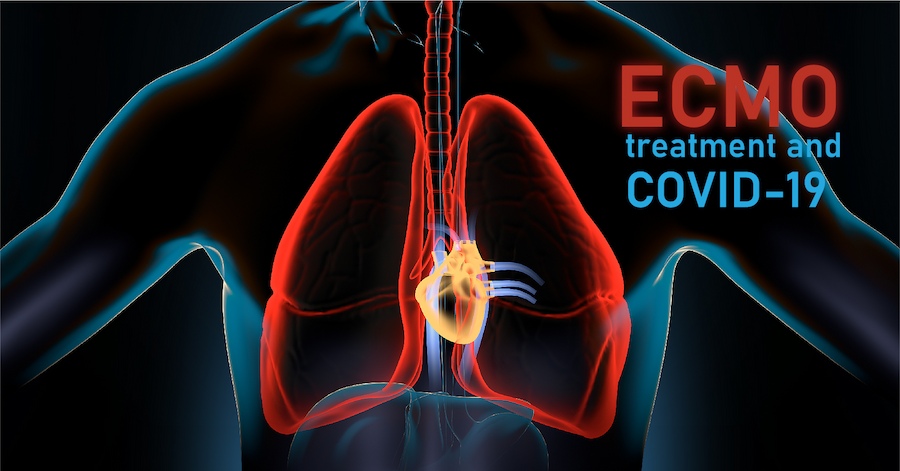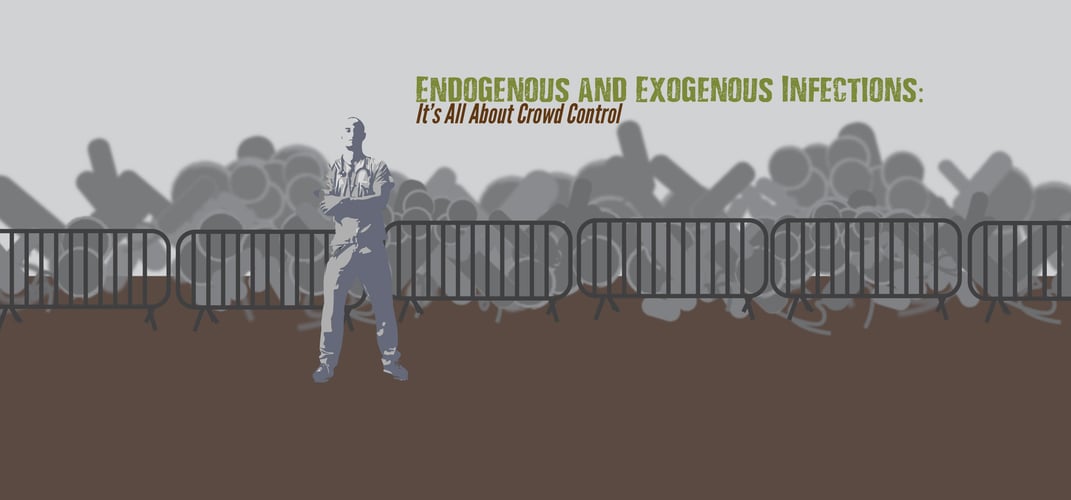ECMO Treatment and COVID-19

 Extra-Corporeal Membrane Oxygenation machines, or ECMO, are making headlines these days. This treatment has become a last recourse for some COVID-19 patients whose lungs have been damaged by the virus. With the use of any indwelling device, such as ECMO, comes the elevated risk of infection. In today's post, we'll learn about why ECMO is used for serious COVID-19 cases as well as the impact these devices may have on hospital acquired infection rates.
Extra-Corporeal Membrane Oxygenation machines, or ECMO, are making headlines these days. This treatment has become a last recourse for some COVID-19 patients whose lungs have been damaged by the virus. With the use of any indwelling device, such as ECMO, comes the elevated risk of infection. In today's post, we'll learn about why ECMO is used for serious COVID-19 cases as well as the impact these devices may have on hospital acquired infection rates.
During the first few months of the COVID-19 pandemic, the medical device making headlines was the ventilator. Ventilators can be essential tools in the treatment of patients with severe respiratory illnesses such as COVID-19. Through an indwelling tube or a mask, these machines replace breathing for the patient, forcing oxygen into the lungs when they can no longer breathe on their own. While now a plentiful and a relatively low-cost way to assist patients with difficulty breathing, ventilators present some dangerous complications. The risk of infection is high, with the indwelling tubes providing an entry-point for environmental pathogens to enter the body. The pressure of the forced air can also lead to lung and nerve damage in the patient, especially if used for an extended period of time. These devices are still an essential part of COVID-19 treatment, but for some, a more intensive treatment is required.
For some patients, lung damage is so extensive that even if oxygen is pumped into the body by a ventilator, the lungs cannot process the oxygen and get it to the bloodstream. Lungs work by pushing oxygenated air to the alveoli, tiny sacs which are lined with blood capillaries. When the oxygen reaches the alveoli, it passes through the membrane and into the capillaries (perfusion), where it oxygenates the blood. This blood is then pumped around the body by the heart. Since the virus that causes COVID-19 can affect all parts of the lung, tissue damage can extend to the alveoli, preventing oxygen from getting to the bloodstream. This is where the ECMO comes in.
ECMO stands for Extra-Corporeal Membrane Oxygenation, which means "oxygenating outside of the body." Cannulas, or tubes, drain blood from the patient and carry it to an oxygenator, which both oxygenates the blood and removes carbon dioxide before returning it to the body. In order to help the heart, pumps in the ECMO also serve to move the blood through arteries throughout the body. Essentially, the ECMO takes the place of the lungs and heart, giving those organs a chance to heal. (Dialysis machines are other extra-corporeal machines, in this case, replacing the kidneys.)
ECMO has been used extensively with newborns and with adults awaiting organ transplants, but using it for respiratory illnesses is relatively new. With some use during the H1N1 outbreak, ECMO was again reconsidered for use with serious COVID-19 cases, especially younger patients whose bodies can endure the treatment and whose organs have a chance of healing. However, as word of this treatment has become more commonplace, patient families are pushing facilities to try the treatment, which is adding pressure to an already strained system.
ECMO machines are expensive, complicated, and require 24/7 monitoring by specially-trained staff. Due to staff shortages seen in areas with huge surges in COVID cases, having enough staff to monitor an ECMO patient can prove difficult. Additionally, ECMO machines are not standard equipment for most hospitals; only about 250 of the 6,000 US hospitals even have an ECMO machine, leaving over half the US population without easy access to the treatment. COVID patients tend to stay on ECMO machines for weeks or even months, taking those machines out of circulation for the duration for not only other COVID-19 patients, but also cardiac or transplant patients. Due to the recent surge in COVID-19 cases, ECMO beds are in extremely short supply, with many eligible patients dying while on the waiting list.
Along with the potentially life-saving aspects of ECMO, this treatment also presents its own set of risks, including hospital acquired infections. Recent studies have demonstrated that overall, patients on ECMO had a risk of 30.6 per 1000 patient days, and those with COVID-19 have an elevated risk for 37.1 per 1000 patient days. To put that number in context, the rate of HAIs per 1000 patient days in the US is 9.7. So ECMO itself increases the risk for a hospital-acquired infection, but even more so if that patient has COVID-19. One of the major reasons for this elevated risk, in addition to the already vulnerable patient, is the strain on the healthcare system: There is not enough staff to perform proper infection control measures. In these situations, the need for alternative interventions to keep environmental pathogens under control is required.
What are your thoughts on ECMO? Share your thoughts below and add to the conversation.
![EOScu Logo - Dark - Outlined [07182023]-01](https://blog.eoscu.com/hubfs/Eoscu_June2024/Images/EOScu%20Logo%20-%20Dark%20-%20Outlined%20%5B07182023%5D-01.svg)




